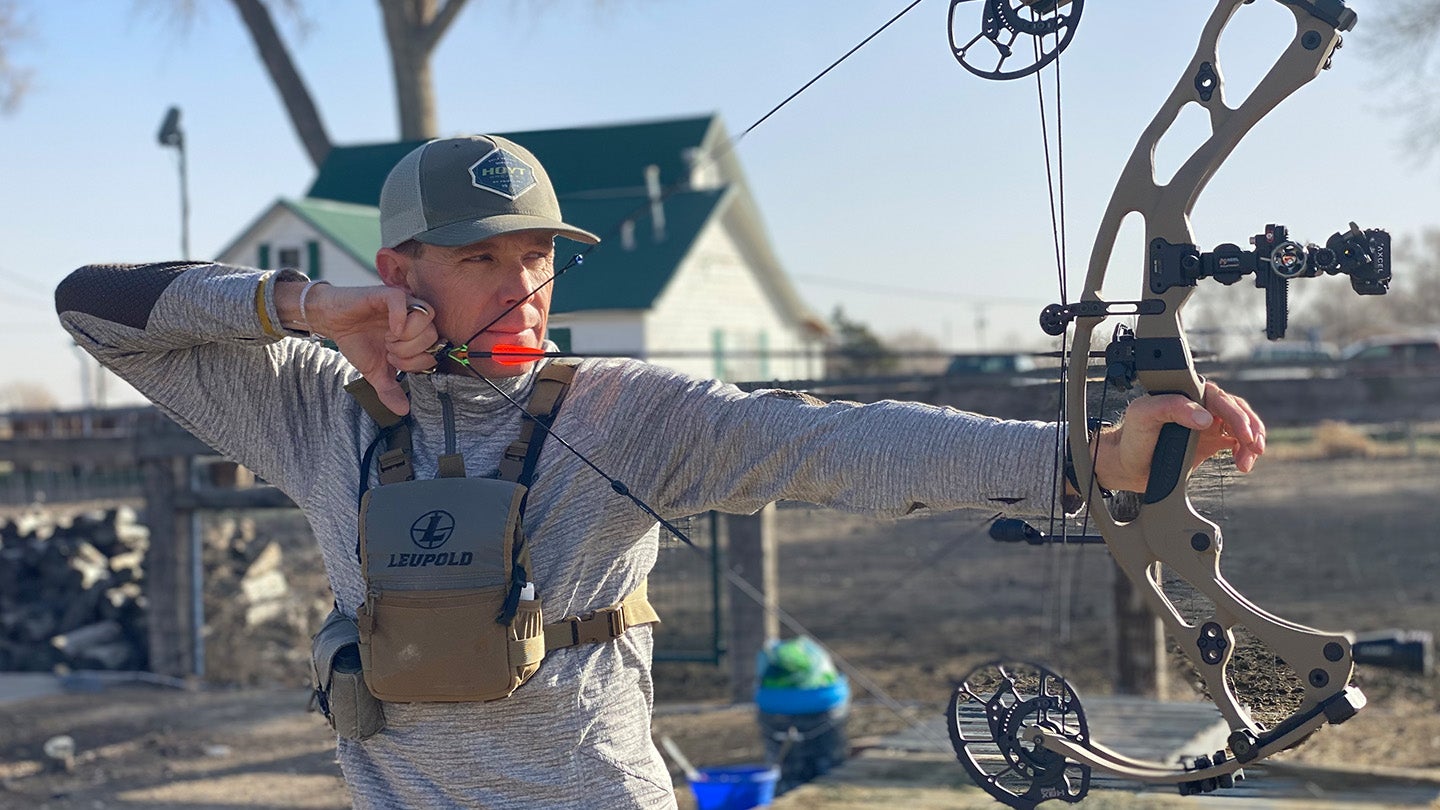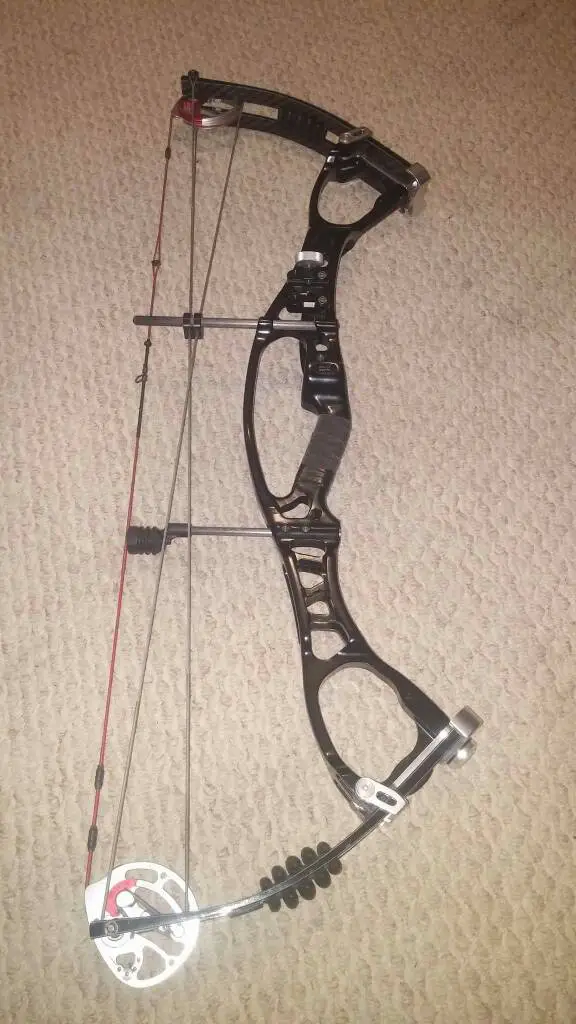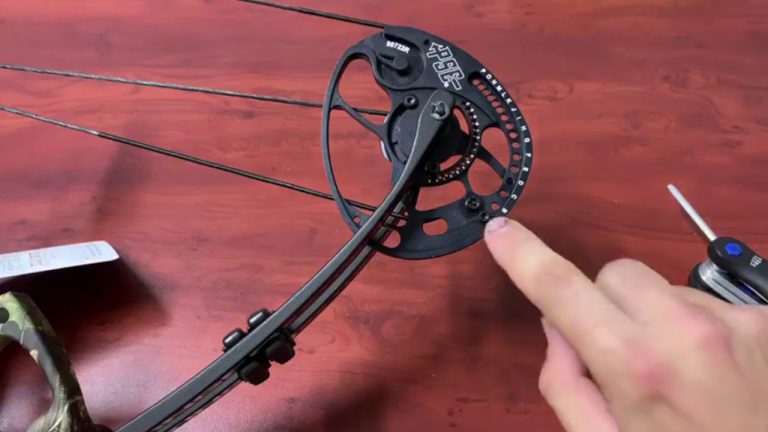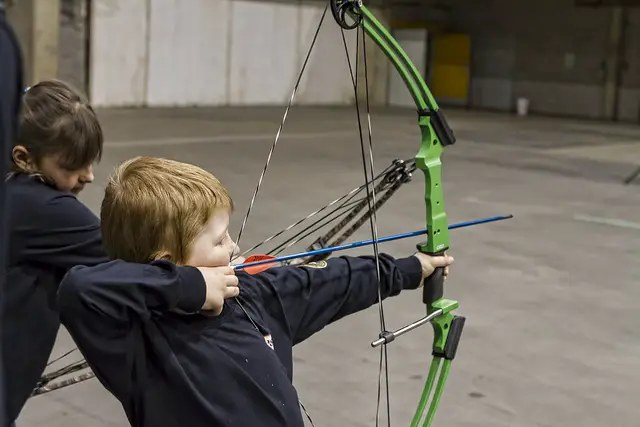Practice Shots In Archery
Have you ever been fascinated by the precision and skill required in archery? Well, if you want to improve your aim and accuracy, it’s time to start practicing your shots. In this article, we will explore the world of archery practice and how it can help you become a better archer. From understanding the mechanics of a compound bow to choosing the right equipment and ensuring safety, we’ve got you covered. So grab your bow and arrows, because it’s time to take your archery skills to the next level.
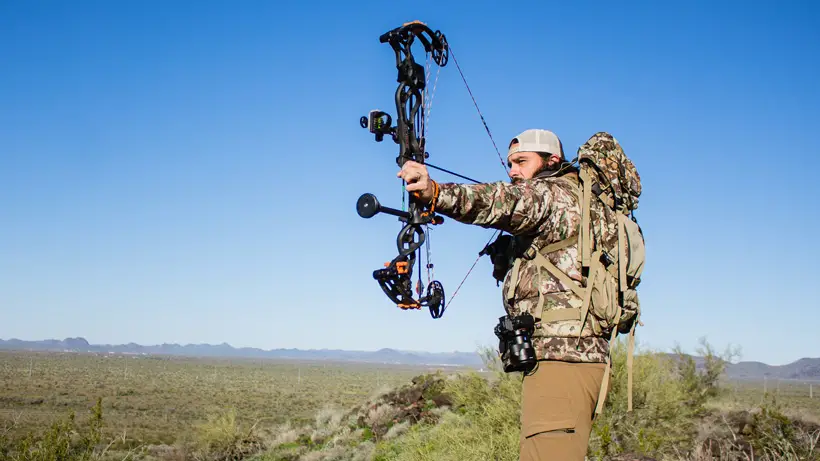
1. What is a Compound Bow?
A compound bow is characterized by a system of cables, pulleys, and cams that assist the archer in holding a high poundage at full draw. Unlike traditional bows, where the draw weight increases as you pull back, compound bows reach a peak weight and then “let-off” to a lower holding weight, allowing the archer to take more time when aiming. This design innovation has made compound bows highly popular among archers of all skill levels.
2. Key Components:
Limbs
Unlike the straight limbs of a longbow or the curved limbs of a recurve, compound bow limbs are much stiffer, providing the power behind the arrow. These limbs work in conjunction with the cams and cables to store and release energy efficiently, resulting in a powerful shot.
Cams
The cams on a compound bow are the oval-shaped devices that rotate as the bow is drawn. They dictate the draw cycle’s feel and the bow’s overall performance. There are different types of cams, such as single cams, binary cams, and hybrid cams, each offering their own benefits and characteristics. These cams play a crucial role in the accuracy and power of the bow.
Cables & Strings
Cables and strings are integral to the functioning of the cams, transferring energy to the limbs and arrow during a shot. They also help maintain the proper synchronization of the cams, ensuring consistent and reliable performance. These components are subjected to high tension and must be regularly inspected for wear and tear.
Riser
The riser is the central part of the bow, usually made of aluminum or carbon, to which limbs, sights, stabilizers, and other accessories are attached. It provides stability and balance to the bow, allowing for precise aiming and a comfortable grip. The design and composition of the riser can greatly impact the bow’s overall weight, durability, and shooting experience.
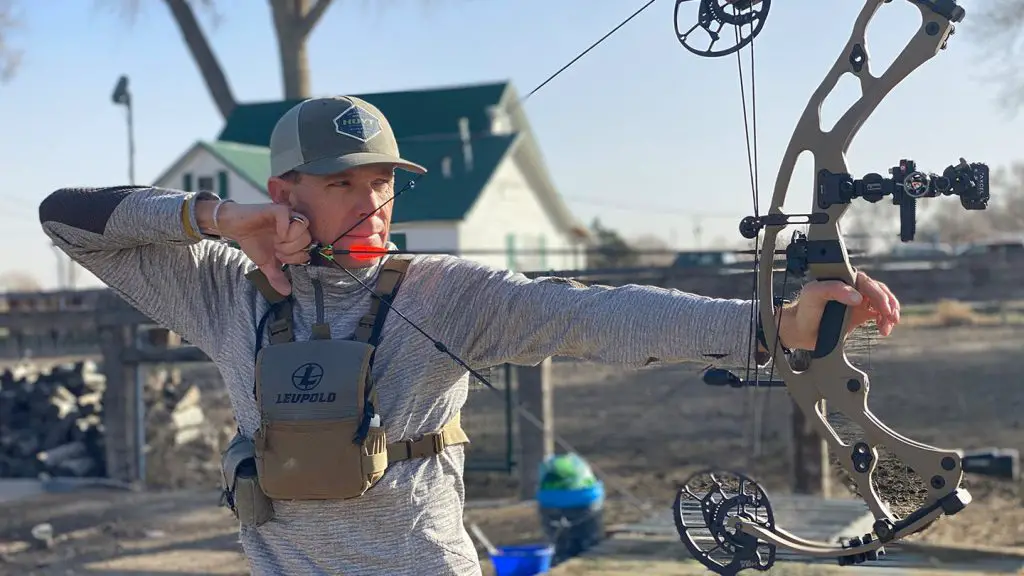
3. Advantages of Compound Bows:
Power & Speed
One of the most significant advantages of compound bows is their ability to generate immense power, propelling arrows at tremendous speeds. Due to the combination of the cams, pulleys, and let-off, archers can hold a high draw weight, resulting in increased kinetic energy and arrow velocity. This makes compound bows ideal for hunting, as well as long-distance shooting in target archery.
Accuracy
The mechanical advantage provided by the cams, along with the ability to hold the bow at full draw for longer periods, allows for better aiming. Compound bows provide a more stable platform, minimizing the effects of human error such as hand torque. The reduced holding weight during the let-off phase also helps archers to maintain a steady aim, resulting in improved accuracy and tighter groupings.
Compact Design
Compound bows are known for their compact design, with shorter limbs compared to traditional bows. This makes them more manageable in tight spaces, such as hunting blinds, tree stands, or competitive shooting ranges. The reduced overall length and weight of the bow also contribute to enhanced maneuverability and ease of transportation.
Adjustability
Many compound bows offer a wide range of adjustments in draw length and draw weight. This adjustability is beneficial for archers of different sizes and skill levels, allowing them to fine-tune the bow to their specific needs and preferences. This adaptability makes compound bows versatile and suitable for various shooting applications, whether it be hunting, target archery, or recreational shooting.
4. Choosing the Right Compound Bow:
Purpose
Before purchasing a compound bow, it’s important to consider your intended use. Are you targeting big game, participating in target archery, or maybe bowfishing? Different bows cater to different purposes, and selecting the right one will greatly impact your overall shooting experience and success. Consult with experienced archers or professionals to understand which bow suits your specific requirements.
Draw Length
Ensuring the bow fits your personal draw length is crucial for optimal performance and comfort. Draw length is the distance between the bowstring at rest and the bow grip when at full draw. An incorrect draw length can affect accuracy, consistency, and even cause discomfort or muscle strain. It is recommended to get professionally measured or consult with knowledgeable archery experts to determine your ideal draw length.
Draw Weight
The draw weight of a compound bow refers to the amount of force required to pull the bowstring back to the fully drawn position. It’s essential to start with a weight you can pull back comfortably and consistently. Gradually increase the draw weight as you build strength and proficiency. Selecting a draw weight that is too heavy can lead to poor shooting form, decreased accuracy, and potential injuries.
Let-off
Let-off refers to the percentage of weight reduced when the bow is at full draw. For example, a bow with a 75% let-off means that once you reach full draw, you only need to hold back 25% of the peak draw weight. A higher let-off allows you to hold the bow drawn for longer with less effort, providing an advantage during precision aiming or waiting for the perfect shot opportunity. Consider your shooting style and preferences when selecting a let-off percentage.
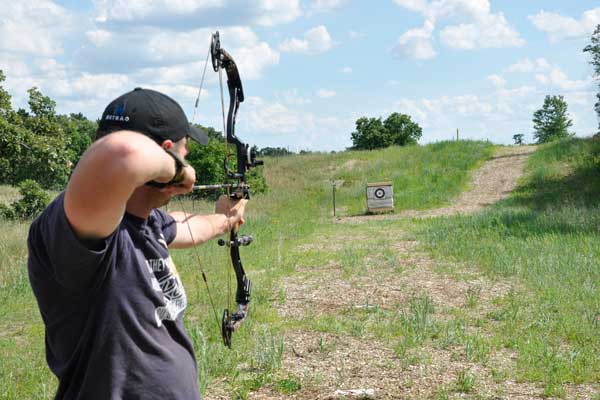
5. Maintenance & Care:
Compound bows, with their intricate design, require regular maintenance to ensure optimal performance and longevity. Here are a few key maintenance tips:
- Periodically inspect strings, cables, and cams for wear and tear. Look for fraying, unraveling, or damaged components. Replace any damaged parts promptly to prevent accidents or equipment failure.
- Keep the bow clean and free from dirt, dust, and debris. Use a soft cloth to wipe down the riser, limbs, and strings after shooting sessions.
- Lubricate moving parts, such as the cams and axles, as recommended by the manufacturer. This will help reduce friction and ensure smooth operation.
- Store the bow in a dry and cool place to prevent damage from extreme temperatures or humidity.
- Consider professional tuning once a year to fine-tune the bow’s performance and address any potential issues.
By following these maintenance practices, you can maximize the lifespan of your compound bow and enjoy consistent, reliable performance.
6. A Word on Safety:
It is essential to prioritize safety when using a compound bow to prevent accidents and injuries. Here are a few key safety guidelines to follow:
- Always use arrows that are recommended for your specific bow’s draw weight and length. Using improper arrows can result in poor performance, damage to the bow, or even personal injury.
- Ensure your shooting lane is clear of any obstructions, people, or animals. Be aware of your surroundings and ensure that there is a safe backstop or target to catch the arrows.
- Familiarize yourself with proper shooting techniques and form. Seek guidance from experienced archers or certified instructors to learn the fundamentals and best practices.
- Always handle the bow with care and respect. Never dry-fire the bow (shoot it without an arrow), as this can damage the bow and potentially cause injury.
- Prioritize proper storage and transportation. Securely fasten the bow in a case or bow rack when not in use and ensure it is not accessible to unauthorized individuals, especially children.
By adhering to these safety measures, you can enjoy the sport of archery while minimizing the risk of accidents or injuries.
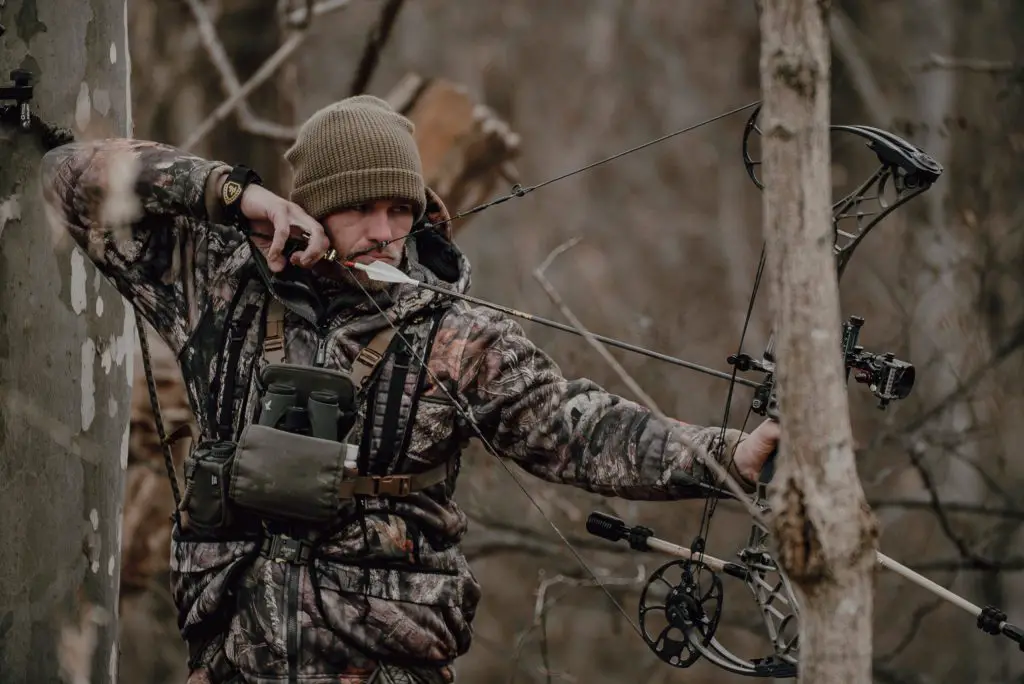
Conclusion:
The compound bow, since its invention in the 1960s, has revolutionized the archery world. It combines the principles of traditional bows with modern technology, offering archers a fusion of innovation and tradition. With their power, accuracy, compact design, and adjustability, compound bows have become the preferred choice for many archers, whether they are hunting, competing in target archery, or simply practicing shots recreationally. By understanding the key components, advantages, and factors to consider when choosing a compound bow, as well as following proper maintenance and safety practices, archers can fully embrace the unique and thrilling experience that these bows bring.

